#DMTBeautySpot #beauty
Few stylish accouterments pervade the timelessness, power, and respect that men's watches do. It's been the case for centuries.
A watch is a tool that is not only practical but offers a significant addition to virtually any man's personal style. You could be wearing a simple t-shirt and jeans, but wearing a quality watch will instill an additional sense of gravitas.
Yet, finding your first watch can be a daunting task. There are hundreds – maybe thousands – of men's watch options out there.
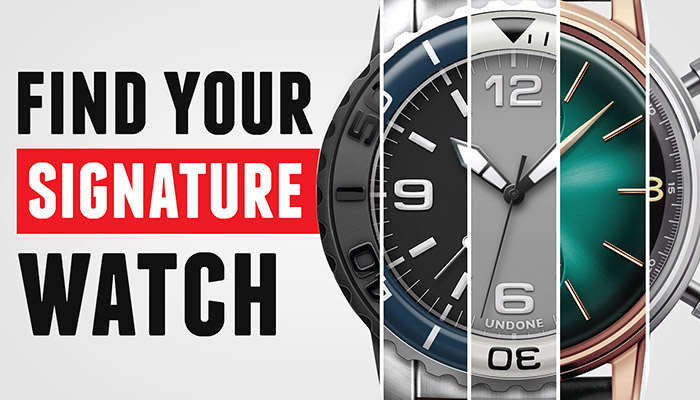
How do you get started? Gents, I'm going to narrow it down for you. I'm bringing you 10 ways to choose the perfect watch.
This article is brought to you by UNDONE watches. Established in 2014, UNDONE is the world’s leading custom watch label founded by a team of dedicated watch industry veterans. Why do I love them? Their AWESOME made-to-order system.
UNDONE allows customers to design their own watches – because every watch tells a story, why not make it your own? Every single product is made-to-order, which means you are guaranteed a unique item each and every time. Personally, I love their AQUA design – the most customizable watch in stock at the moment. Click here to start your watch journey with UNDONE.
Click Here To Watch The Video – Buy The Perfect Watch For YOU (10 Biggest Newbie Mistakes!)
- Quartz Vs. Automatic Movements.
- The Different Watch Styles.
- Your Wrist Size.
- Weight And Men's Watches.
- Materials – Stainless Steel.
- The Crystal.
- Water-Resistance.
- The Strap.
- Name & Heritage.
- Japanese & Swiss Movements.
1. The Basics: Quartz & Mechanical Movements
The supremacy of mechanical movements over quartz (and vice versa) is a subject of debate among watch enthusiasts. We won't dive into that rabbit hole here, but it's essential that you know the basic differences.
Mechanical
If you've already done research into men's watches, you might have noticed lots of hubbub about mechanical/automatic movements.
A mechanical watch is the time-tested classic way to build a timepiece – dating back as early as the 1500s. The simplest watches in this category still field as many as 100 pieces, the more complicated and expensive variants containing well over 1,000!
No matter how intimidating it can seem, it's ALWAYS divided into four common components:
- The Power Source: The watch's Mainspring. After being wound, the resulting movement powers the entire device.
- The Transmission: Otherwise known as the Gear Train. This comprises the series of gears and mechanisms that transmit the force of the mainspring to run the watch.
- Distribution & Regulation: I'm including them together because they work in conjunction. They're both responsible for ensuring the accuracy of each rotation. A fork-like lever channels power impulses that cause the wheel hairspring (attached to the balance wheel) to oscillate.
You know how they work, but WHY get a mechanical watch? Let's list some pros and cons.
Pros
We have a smoother hand movement. The second-hand moves every time the balance in the mechanism swings, resulting in one tick every 6-8 seconds. This creates the appearance of a gliding motion which seems more appealing.
When it comes to men's watches, there's much more heritage and history in a mechanical movement. We're talking craftsmanship that can take years for a single luxury watch, along with methods honed over centuries.
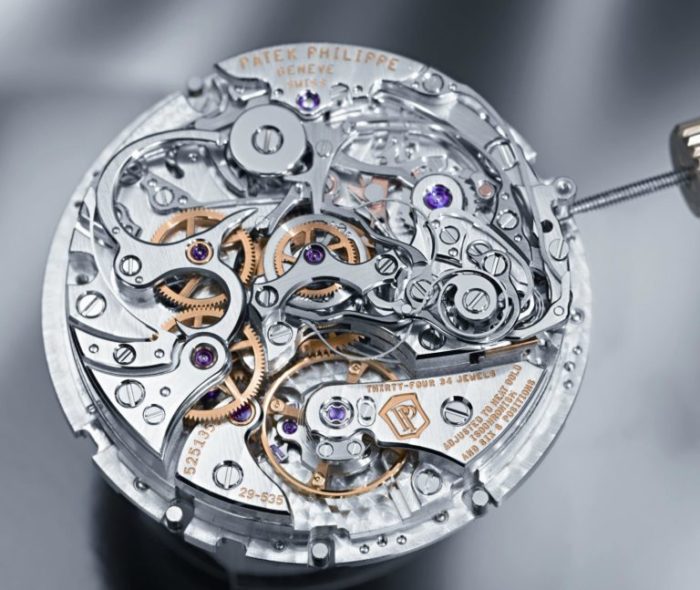
The sheer complexity of a mechanical movement is not to be underestimated.
Cons
When you buy a mechanical movement, you're making a commitment in the way of maintenance. After three years or so, the oils in the watch will start to break down and you'll have to take it in. Even automatic watches (Which rely on an oscillator to keep the watch going) will stop working if you don't use them.
Some die after just a day, but some wield power reserves that allow them to go for several days without winding. Either way, if you don't wear your mechanical watch regularly, you face the risk of having to wind it manually.
Mechanical movements are more fragile. With so many moving parts that are essential to the overall mechanism, it's only a matter of time before one chink throws the whole device off.
Finally, they're not as accurate as quartz watches. According to COSC (Contrôle Officiel Suisse des Chronomètres) regulations, an entry-level luxury watch is allowed to be off by 4-6 seconds a day! Accuracy by Swiss and Japanese brands aren't certified, so you might even find some variations into the +/- 12-second range.
Quartz
Quartz movements are much simpler than their mechanical counterparts. They consist of an oscillating crystal, an electronic circuit, a means to display time, and a battery to power the whole thing. No gears or springs here, just 14 parts across the board.
Pros
These men's watches are drastically more accurate. Even cheaper quartz movements can vary only as much as +/- 1 second each day.
What about maintenance? Very little. Every 2-5 years, you'll need to take the battery in to be changed. If you have a water-resistant piece, you're looking at $5-60 since each watch needs to be resealed and pressure-tested. With fewer parts, the watch is also much more resistant to shock and the elements.
They're also generally affordable. Prices vary greatly, but for $50-100, you can find a functional quartz watch.
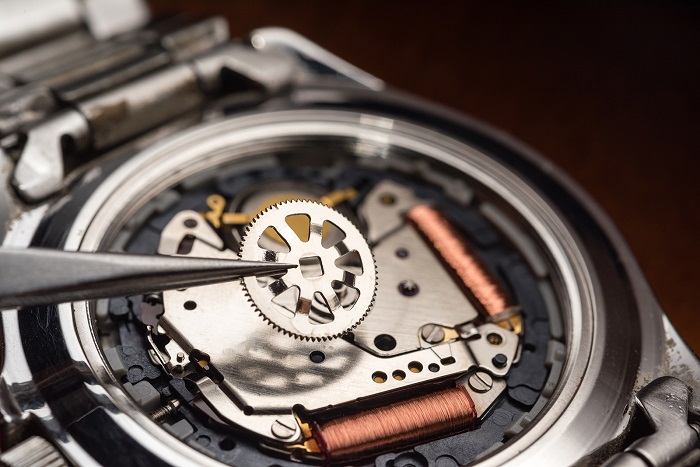
Quartz watches are much simpler in build than mechanical movements, making them inherently less expensive.
Cons
Quartz movements are not perceived with the same gravitas and distinction held by mechanical movements. For one thing, they are a new addition. Only in 1969 did Seiko release Astron – the very first quartz watch. The fact that it relies on a battery also means that there is comparatively little craftsmanship involved.
In order for the battery to be efficient, the ticking is restrained to once a second, the tell-tale sign of a quartz movement. Enthusiasts might consider this less attractive.
2. Know The Different Watch Styles
While we've discussed the differences in functionality, there are several aesthetic men's watch styles as well. This is where you can really pinpoint your personal style and find something you identify intimately with.
There's a lot of history and heritage behind each style, but the least I can do is give you a brief introduction to each.
- Dress Watch: Thin, subtle, and formal. This is a great style for black-tie affairs.
- Field Watch: A watch designed for rough conditions. This is ideal for the outdoorsman.
- Diving Watch: Sporting the thickest case of them all, this watch is designed for those amongst you that are more nautically inclined.
- Aviator's Watch: A style that often uses a bezel, GMT chronometer, and sometimes the ability to track multiple timezones. It also uses a larger crown designed for turning while wearing pilot gloves.
- Racing Watch: Very showy in comparison to other styles. It often features a tachymeter scale that allows a driver to make speed calculations.
- Digital Watches: A watch that displays time with digits rather than a dial.
- Smartwatches: This is a kind of digital watch that offers all the features you'd find on your smartphone.
- Fashion Watch: A watch which is manufactured by a brand which doesn't make the majority of their revenue from watch sales.
3. Proportions: Your Wrist Size
You don't want to have the largest Dive Watch on the market if you have a naturally small wrist.
The general rules when it comes to wrist-and-watch proportions are relatively simple. If your wrist is between 6-7 inches wide, then consider a timepiece with a case 38-42mm in width. If it's larger than 7 inches, then go for something in the range of 44-46mm.
Simple, right?
4. Feel The Weight
There's no standardized weight among watches. Even those within the same design template are subject to considerable variation.
A stainless steel Roger Dubuis AquaMare with a rubber strap, for instance, weighs 5.4 oz. The Easydiver from the same brand is a whopping 7 oz.
A heavy watch is generally a good watch.
A Rolex Steel and Gold Lady Datejust with a jubilee bracelet are much lighter at 2 oz.
You have to rely on judgment here, but if the watch “feels” heavy in your hand, then it's generally a good sign. It likely means that the manufacturer did not skimp on materials.
5. Materials – Stainless Steel
In men's watches, stainless steel is considered a gold standard of quality. If we're talking specifics, then you're going to want to look for 316L stainless steel.
What the heck does that mean? 316 is a type of marine-grade stainless steel with high resistance to damage. The “L” in the designation simply means that it contains less carbon than its traditional counterpart. This is important because the more carbon there is in the alloy, the more susceptible it is to oxidation.
Who wants that?
6. The Crystal – Sapphire Is King
The watch crystal is the glass over the dial. You can imagine why this would be an important consideration. After all, if that breaks, the dial is compromised.
Always check if the watch uses a sapphire crystal.
Sapphire is not a perfect material, but it's well-suited for watches. While it is somewhat brittle, the only crystal harder than sapphire is diamond. It fends off scratches and cracks exceptionally well.
When you consider that it only covers the consolidated space over the dial, the alleged brittleness is a non-issue.
7. Water Resistance
There's no such thing as “water-proof.” There is such a thing as water resistance – something that you should keep your eyes peeled for.
This varies, of course. As you would imagine, Dive Watches excel in this area – though there is a minimum you should pin down.
That minimum is 10 atm.
The acronym is short for “atmosphere,” 1 atm being equal to the pressure found at sea level. 10 atm, therefore, is ten times that – making the watch suitable for 100m beneath sea level.
It's a good compromise because it means that you can safely take the watch into the water for some casual swimming or snorkeling without worrying too much.
Just don't take it scuba-diving.
8. The Strap
The strap in a men's watch is what keeps it on your wrist – simple.
What do you look for here? It depends on the watch style, but generally speaking, you're going to want to find full-grain leather if it's a leather strap. Regardless of your strap, you should find a double (or triple) deployment clasp.
Traditional buckles take a little more time to secure, and they also strain the leather over time. A clasp – something common on metal bands – negates those factors.
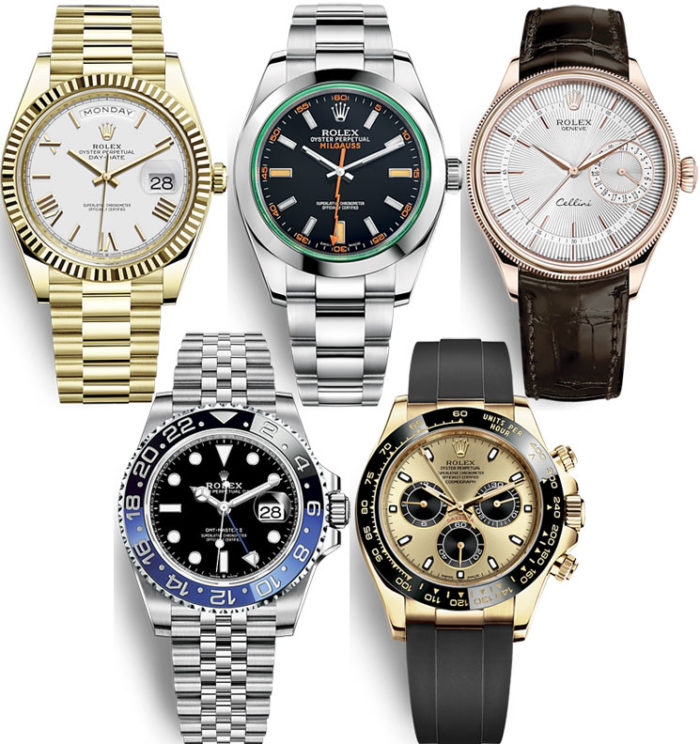
Watch straps come in all shapes and sizes – pick the one best suited for your personal style.
If you do opt for a metal band, ensure that it's held together by screws rather than simple pins which are more likely to fall out.
One last thing – if you like Dive Watches, be prepared to deal with rubber straps. This is simply the best material to deal with water in abundance.
9. The Name, Heritage, & Construction Methods
You might have noticed the sudden influx in men's watch brands through recent years. This has a lot to do with the availability of materials and a general drop in craftsmanship. In simple terms, Chinese manufacturers have made it easy for relatively new names to acquire parts in bulk.
They can build quartz watches sometimes for just $50 before marking it up substantially. For this reason, it's essential that you do your research. If you're willing to pay money, keep in mind what the brand stands for – what its story and message is.
A good indicator is whether or not the brand name is displayed prominently – it's a sign of pride in craftsmanship.
10. Japanese And Swiss Movement
Both are highly acclaimed in the watch world, but there are a few differences between them to watch out for.
In the simplest terms, the Swiss are concerned primarily with aesthetics while the Japanese are focused on functionality and precision. I'm not putting Swiss movements down by any means – on the contrary.
You almost can't go wrong with Japanese and Swiss movements.
Their parts are manufactured with an eye for beauty. Every aesthetic detail is meticulously planned throughout the building process. They take decoration quite seriously – and for good reason!
Be on the lookout, though. COSC regulations specify that only 60% of Swiss components must be made in Switzerland. This means that a sly manufacturer is capable of supplementing the remaining 40% with Chinese parts.
Summary – Perfect Men's Watches
- Quartz Vs. Automatic Movements.
- The Different Watch Styles.
- Your Wrist Size.
- Weight And Men's Watches.
- Materials – Stainless Steel.
- The Crystal.
- Water-Resistance.
- The Strap.
- Name & Heritage.
- Japanese & Swiss Movements.
The world of watches can seem overwhelming at first. There are so many options out there, you can go nuts making a choice. Fortunately, there are steps you can take to ensure that every watch you buy is well worth the money.
This article is brought to you by UNDONE watches. Established in 2014, UNDONE is the world’s leading custom watch label founded by a team of dedicated watch industry veterans. Why do I love them? Their AWESOME made-to-order system.
UNDONE allows customers to design their own watches – because every watch tells a story, why not make it your own? Every single product is made-to-order, which means you are guaranteed a unique item each and every time. Personally, I love their AQUA design – the most customizable watch in stock at the moment. Click here to start your watch journey with UNDONE.
The post Men’s Watches: 10 Tips To Find The PERFECT Watch appeared first on Real Men Real Style.
Related posts:
DMTBeautySpot
via https://www.DMTBeautySpot.com
Antonio, Khareem Sudlow
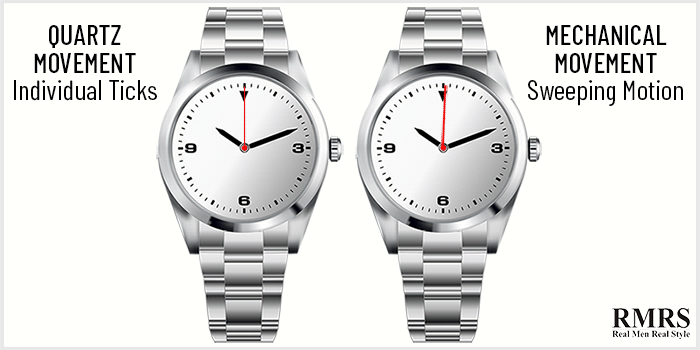
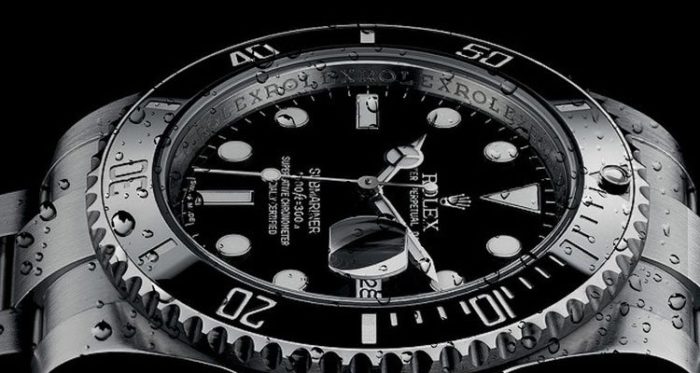
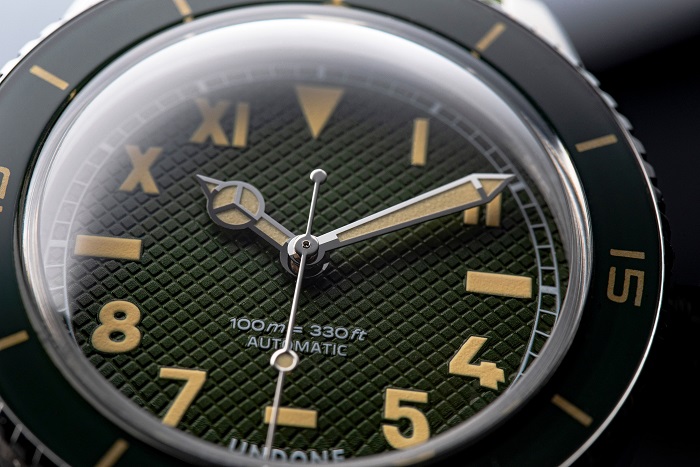
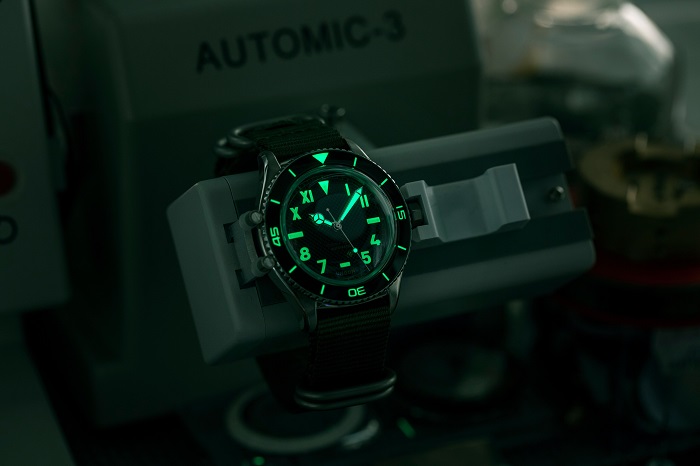
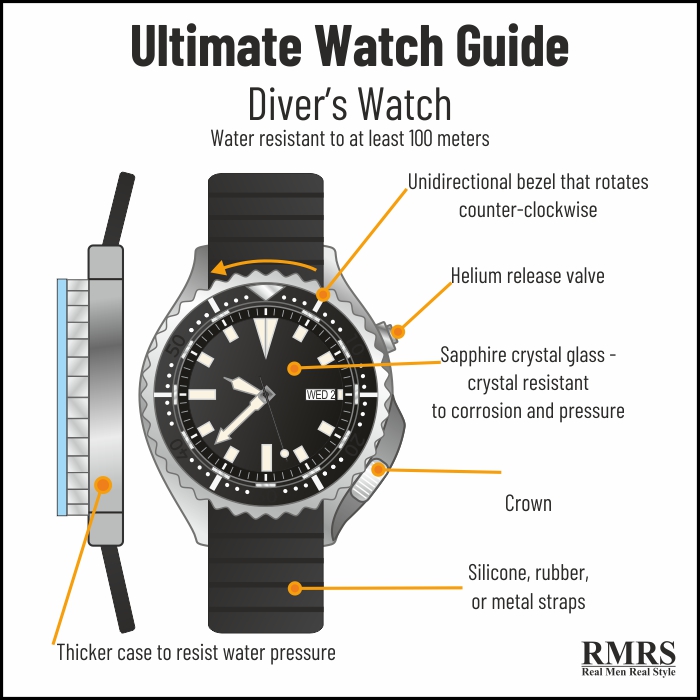
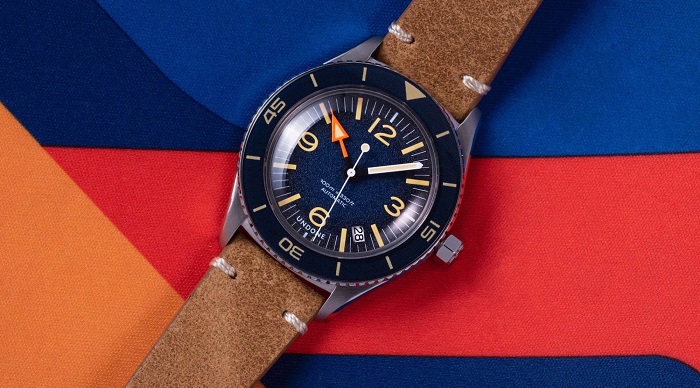


0 comments